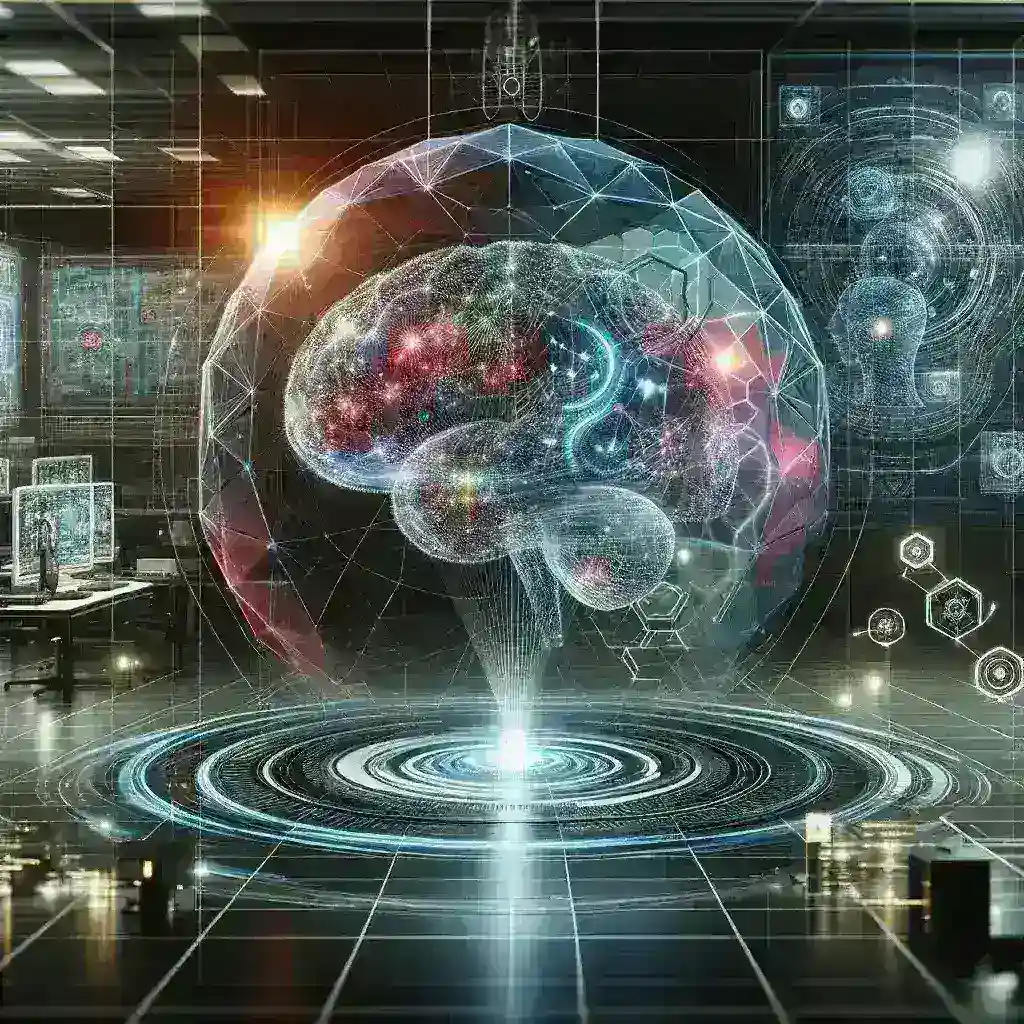Introduction
As the field of artificial intelligence (AI) evolves, the demand for specialized hardware to support complex algorithms and processes rises. OpenAI, a leading research organization in AI, has made significant strides in this area. This article will delve into OpenAI’s hardware ambitions, discussing their vision, current projects, and potential implications for the future of technology.
The Genesis of OpenAI’s Hardware Ambitions
Founded in December 2015, OpenAI began with a mission to develop safe and beneficial AI technology. Initially, they focused on software advancements, particularly in natural language processing and reinforcement learning. However, as AI models grew in complexity, it became evident that existing hardware limitations could hinder progress. This realization prompted OpenAI to explore hardware innovations that could support their ambitious goals.
Understanding the Need for Specialized Hardware
The intricate nature of AI models, such as transformers and neural networks, demands substantial computational power. Traditional CPUs (Central Processing Units) often fall short in efficiently handling the parallel processing required for these tasks. This led to a shift towards GPUs (Graphics Processing Units) and, more recently, TPUs (Tensor Processing Units), which are specifically designed for deep learning.
OpenAI’s Strategic Direction
OpenAI’s hardware ambitions are driven by several strategic goals:
- Enhancing Performance: To push the boundaries of what AI can achieve, OpenAI is investing in custom hardware solutions that optimize performance for their specific use cases.
- Reducing Costs: By developing tailored hardware, OpenAI aims to minimize operational costs associated with large-scale AI training.
- Improving Accessibility: OpenAI seeks to democratize AI technology, making advanced AI tools accessible to a broader range of developers and researchers.
Current Projects and Innovations
OpenAI has made several notable advancements in hardware. One of their significant projects is the development of OpenAI’s supercomputers, designed specifically for training large AI models.
OpenAI’s Supercomputers
In collaboration with technology partners, OpenAI has built a supercomputer that ranks among the most powerful in the world. This supercomputer is equipped with thousands of GPUs, allowing for rapid training of AI models. The system enables researchers to experiment with complex algorithms and datasets faster than ever before, ushering in a new era of AI development.
Key Features of OpenAI’s Supercomputers
- Scalability: The architecture is designed to scale efficiently, accommodating the growing computational demands of advanced AI models.
- Energy Efficiency: OpenAI is committed to developing energy-efficient hardware solutions, addressing concerns about the environmental impact of AI training.
- Integrated Software Ecosystem: The hardware is paired with customized software tools that streamline the AI training process, enhancing overall efficiency.
Custom Hardware Designs
Another aspect of OpenAI’s hardware ambitions includes the exploration of custom chip designs. By tailoring hardware specifically for AI tasks, OpenAI aims to achieve unprecedented performance levels. This involves collaborating with leading semiconductor manufacturers and leveraging cutting-edge technologies.
Future Predictions: OpenAI’s Hardware Evolution
As OpenAI continues to advance its hardware capabilities, several predictions can be made about the future of AI technology:
- Increased Collaboration: OpenAI is likely to partner with other tech companies and research institutions to share knowledge and resources, accelerating hardware innovation.
- New Architectures: We may see new types of hardware architectures emerge, designed specifically for unique AI applications—ranging from robotics to healthcare.
- Focus on AI Ethics and Safety: OpenAI’s hardware development will likely integrate ethical considerations, ensuring that advancements align with safety and societal well-being.
Pros and Cons of OpenAI’s Hardware Ambitions
While OpenAI’s hardware initiatives present numerous advantages, they also come with challenges:
Pros
- Performance Boost: Custom hardware can significantly enhance the training speed and efficiency of AI models.
- Cost Reduction: Tailored solutions can lead to lower long-term operational costs associated with AI development.
- Broader Access: Innovations could democratize access to powerful AI tools, fostering a more inclusive technology landscape.
Cons
- High Initial Investment: Developing custom hardware requires substantial upfront investments, which may pose risks.
- Technological Obsolescence: Rapid advancements in AI could render specific hardware designs obsolete within a few years.
- Ethical Dilemmas: The pursuit of advanced AI capabilities may raise ethical concerns surrounding the use and implications of such technology.
Conclusion
OpenAI’s hardware ambitions mark a significant turning point in the journey of AI development. By investing in specialized hardware solutions, OpenAI is poised to enhance the capabilities of AI technology, making it more powerful and accessible to researchers and developers worldwide. As they continue to innovate, the implications of their advancements will resonate across various industries, shaping the future of technology.
As we look ahead, it will be fascinating to see how OpenAI’s hardware initiatives evolve and influence the broader AI landscape. With a commitment to responsible development, OpenAI is not just building hardware; they are paving the way for a future where AI technology can flourish in a safe and beneficial manner.

Leave a Reply